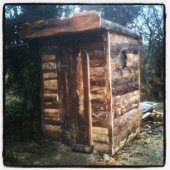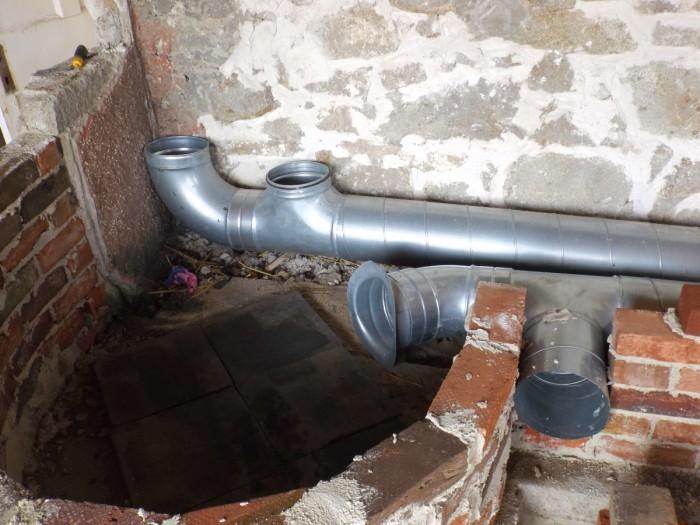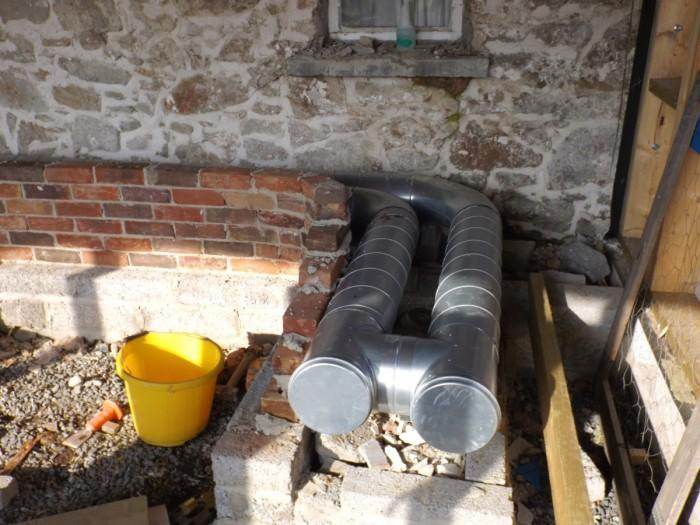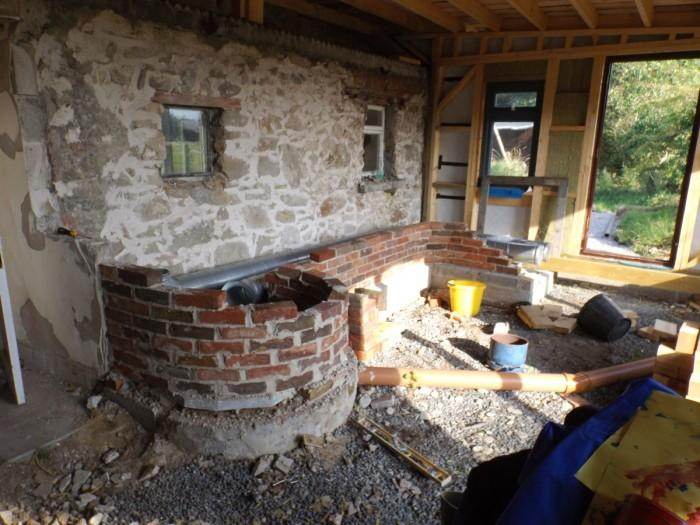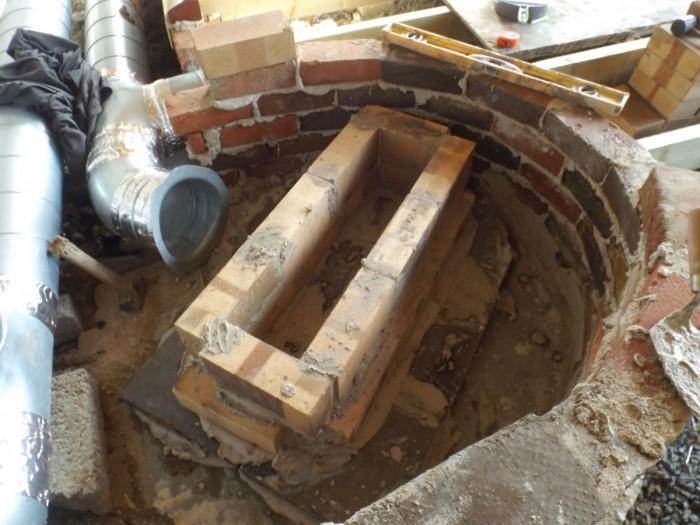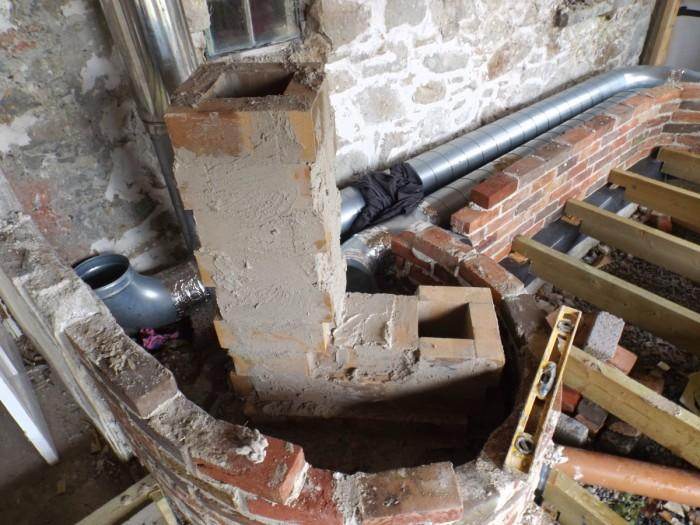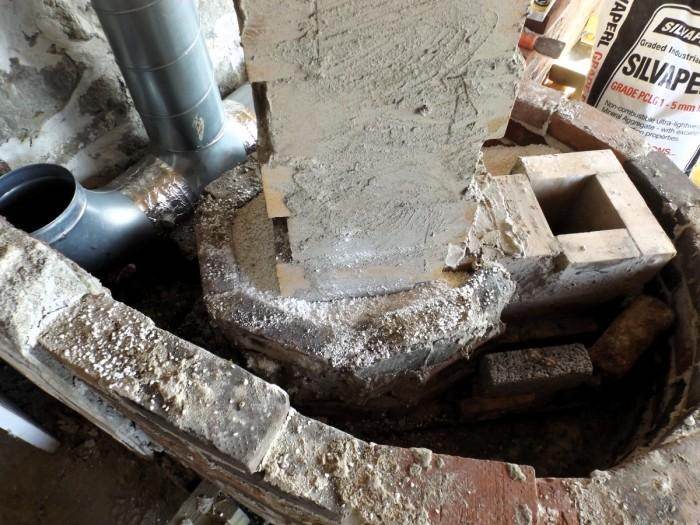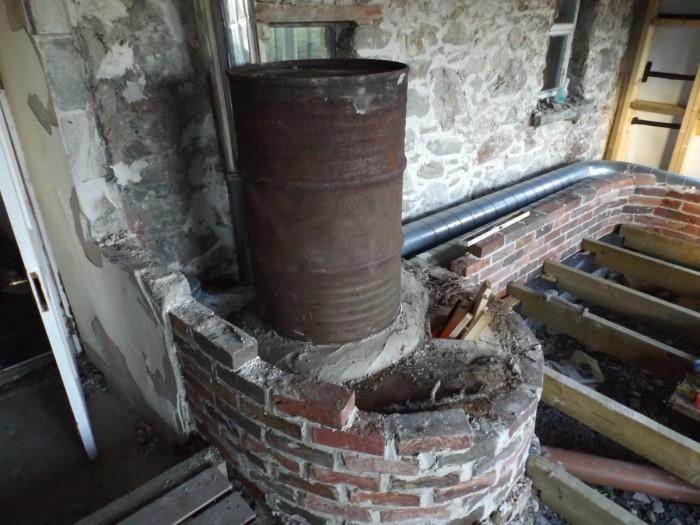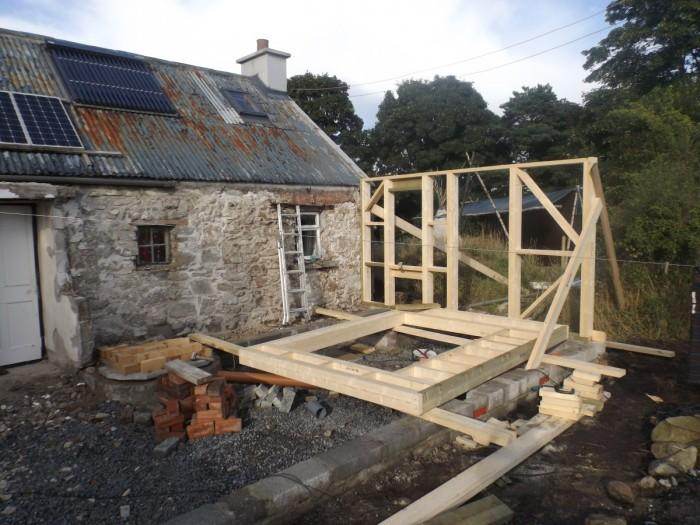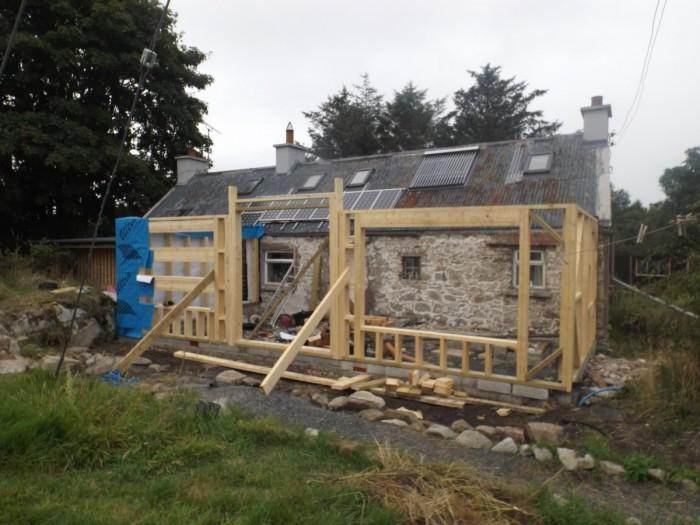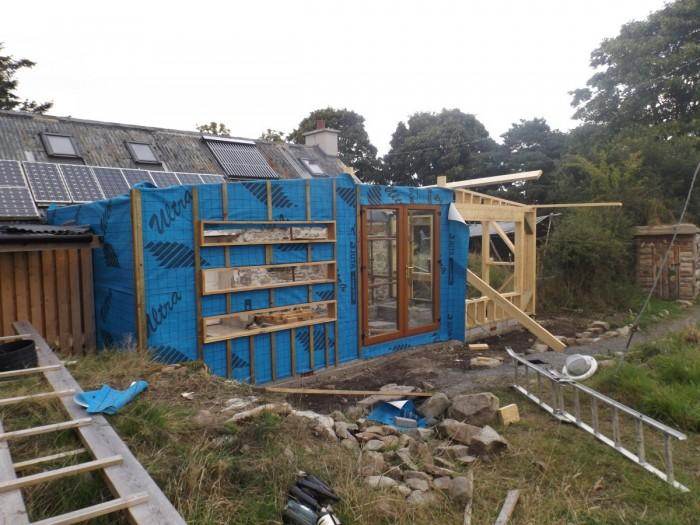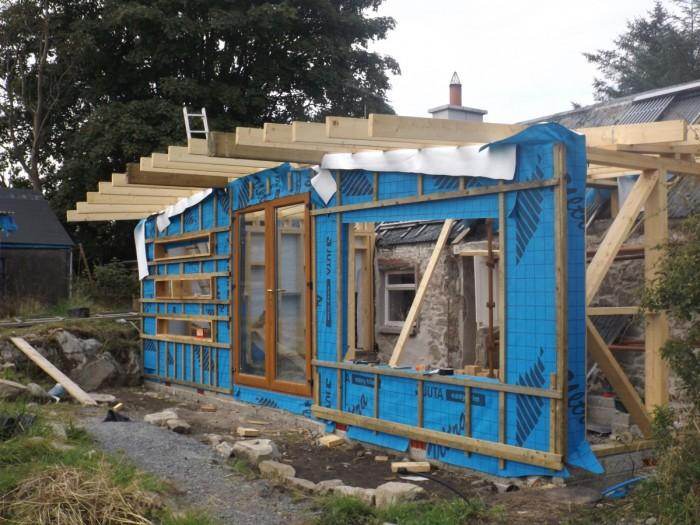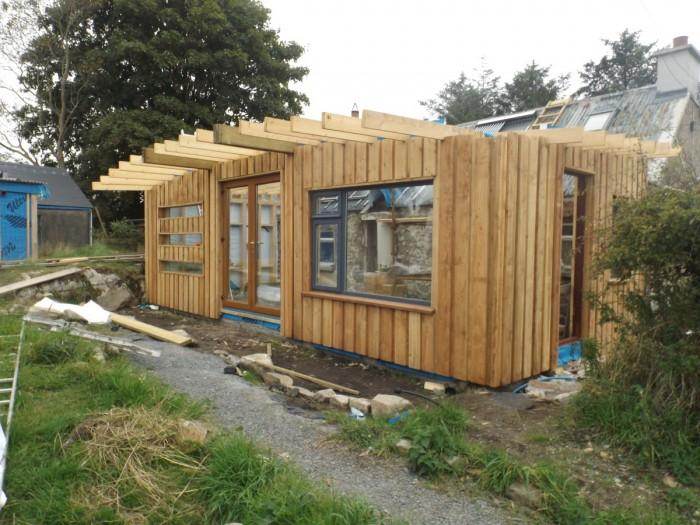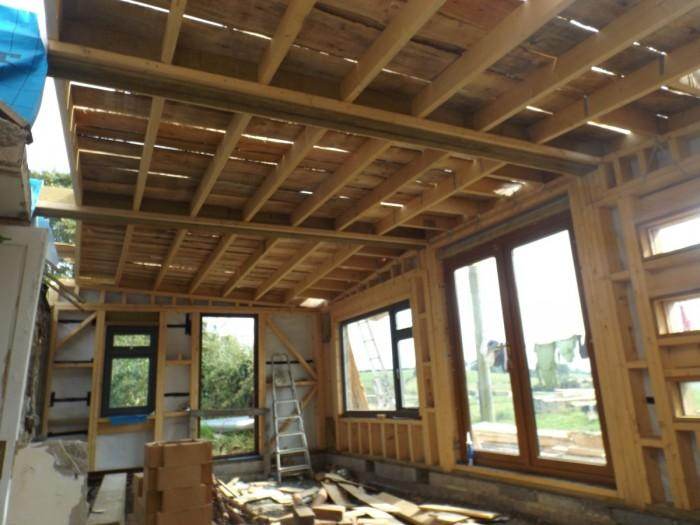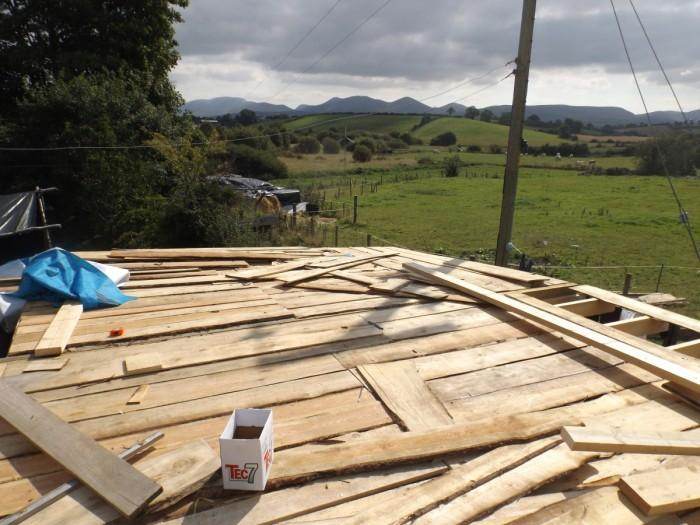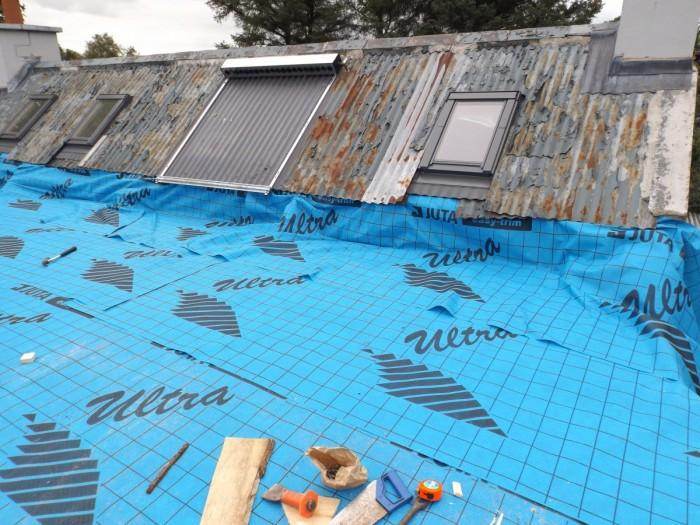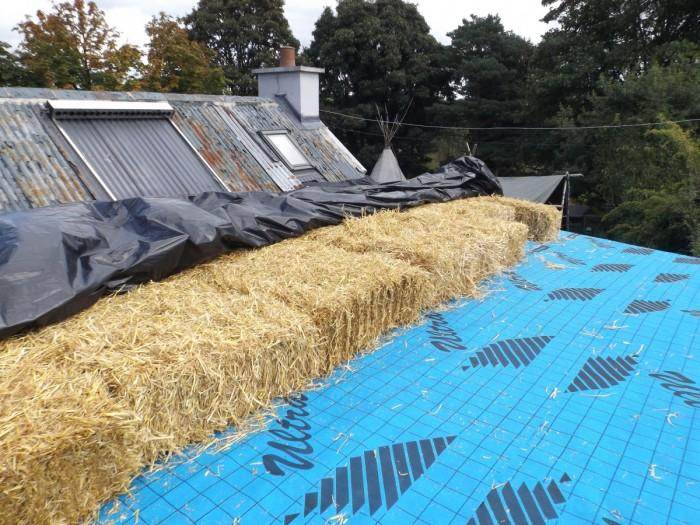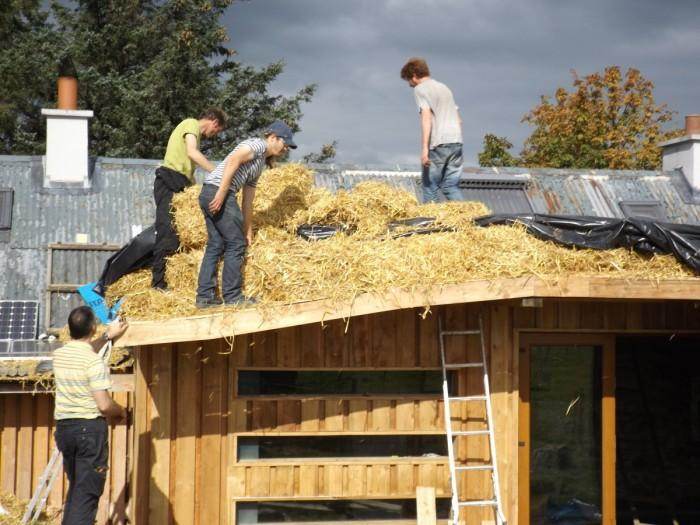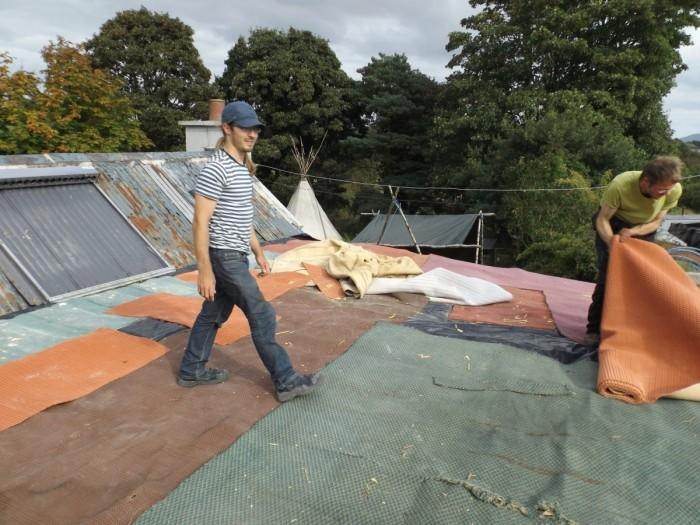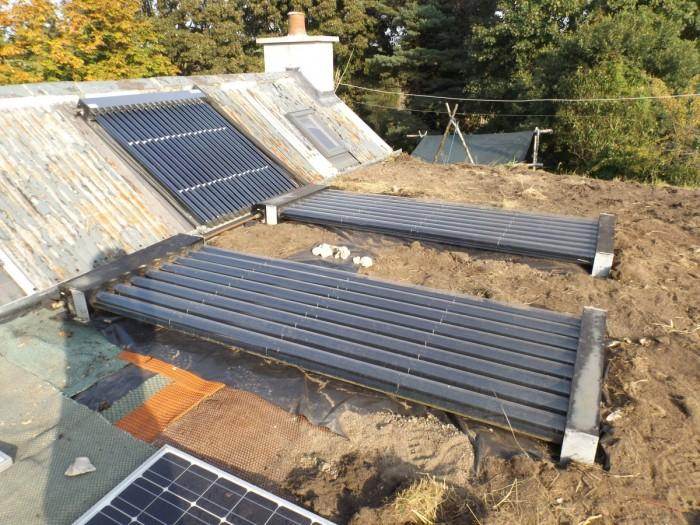Been drying our cob now for 3 days, and performance seems to be improving slowly. I'm getting a *lot* of condensate accumulating at the point where the flue turns and rises vertically, and still plenty of steam at the output. Barrel top temperatures are 550 F today, and slowly climbing - it reaches 400 very quickly, and then an hour to 500, and it'll get to 600 in a while.
Still a little smokeback at the feed tube if I don't keep an eye on it. Basically anything that is at the back of the feed tube, away from the tunnel, seems to be burning cooler than the rest, is burning up the fuel, and the draw is sufficient to pull the smoke back down into the feed tube. I'm tempted to try a tile in the end of the feed tube to reduce the size a little and see if this cures the problem, but I'm aware that drying the cob is probably causing unusual performance generally.
Oddly today I noticed that the surface of the bench seems less warm than previously, for the same given time of burn, but perhaps this is because the cob is dryer.
Does my barrel temperature sound reasonable for a fresh build? Once it is lit and settled down, I am finding that it behaves better with slightly thicker wood. I'm burning hardwood - beech and ash once lit, and using good dry spruce to light with.
I'm spending more time than is probably healthy, feeding, watching and listening to the rmh, it really is an amazing thing..






